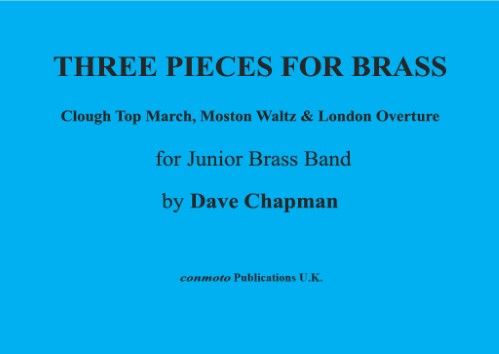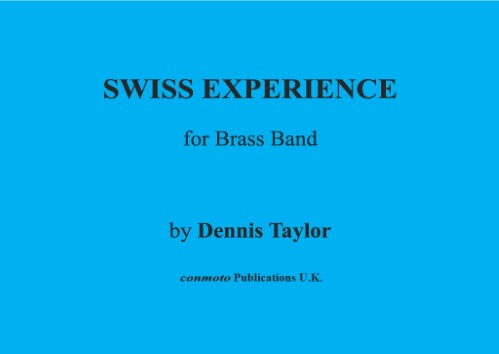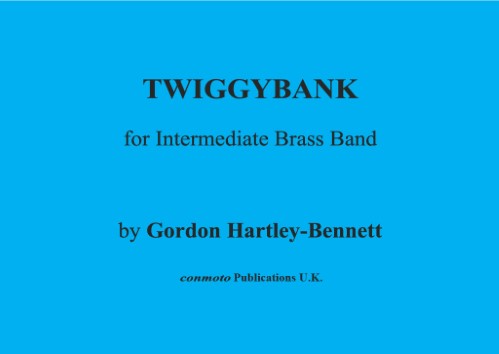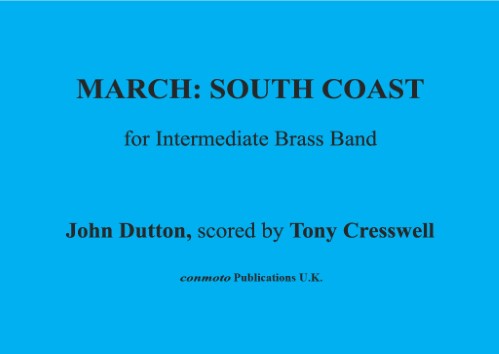Results
-
 £27.50
£27.50THE DRAGOONS (score & parts) - Lewis, Alan (1948-2013)
If you require further information on THE DRAGOONS (score & parts), please
In Stock: Estimated dispatch 1-3 working days
-
 £37.50
£37.50THIS IS OUR BAND (score & parts) - Cresswell, Tony
If you require further information on THIS IS OUR BAND (score & parts), please
In Stock: Estimated dispatch 1-3 working days
-
 £11.50
£11.50THREE PIECES FOR BRASS (score) - Chapman, Dave
If you require further information on THREE PIECES FOR BRASS (score), please
In Stock: Estimated dispatch 1-3 working days
-
 £8.50
£8.50SWISS EXPERIENCE (score) - Taylor, Dennis (1925-2021)
If you require further information on SWISS EXPERIENCE (score), please
In Stock: Estimated dispatch 1-3 working days
-
 £27.50
£27.50TWIGGYBANK (score & parts) - Hartley-Bennett, Gordon
If you require further information on TWIGGYBANK (score & parts), please
In Stock: Estimated dispatch 1-3 working days
-
 £5.50
£5.50CHRISTMAS SONGS BACKING CD - Biddulph, Adrian
If you require further information on CHRISTMAS SONGS BACKING CD, please
In Stock: Estimated dispatch 1-3 working days
-
 £27.50
£27.50MARCH: SOUTH COAST (score & parts) - Dutton, John
If you require further information on MARCH: SOUTH COAST (score & parts), please
In Stock: Estimated dispatch 1-3 working days
-
 £22.95
£22.95DUNELM CREST (score & parts) - Kitto, Gordon (1923-2000)
If you require further information on DUNELM CREST (score & parts), please
In Stock: Estimated dispatch 1-3 working days
-
 £22.95
£22.95ELVET BRIDGE (score & parts) - Kitto, Gordon (1923-2000)
If you require further information on ELVET BRIDGE (score & parts), please
In Stock: Estimated dispatch 1-3 working days
-
 £11.50
£11.50WHITLOCK VARIATIONS (score) - Mealor, Paul (b.1975)
If you require further information on WHITLOCK VARIATIONS (score), please
In Stock: Estimated dispatch 1-3 working days
